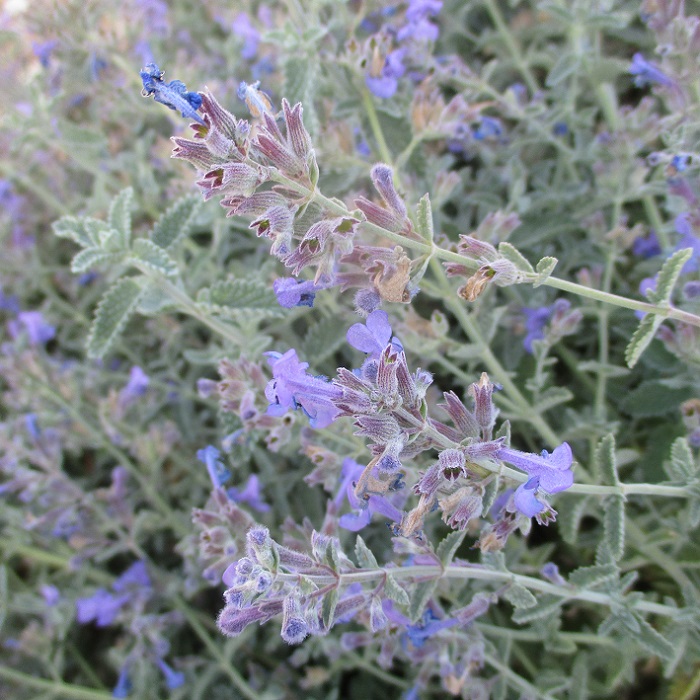UNITED STATES—Sea Monkeys are one of the most famous of mail order scams. Their original $0.49 price was not cheap for children who made the first purchases in 1957. They were nothing like their playful portrayals in comic book advertisements. They were minuscule brine shrimp who were incapable of building castles, playing tennis, or even just smiling for a camera.
Nonetheless, Sea Monkeys were lucrative for their enterprising inventor. For many such capitalists, profit is the priority. It is no different for the many mail order scams that involve seed and plants. They range from the rare monkey face orchid to multicolored tomatoes. Consumers get either nothing or random seed or plants that are nothing like they expect.
Most mail order scams that involve seed or plants are on e-commerce sites. They mostly include popular buzz words such as ‘rare,’ ‘organic’ and ‘bonsai,’ even in regard to plants that are not conducive to bonsai culture. Associated illustrations are obviously faked, but somehow convince enough consumers to sustain their deceptive mail order exploitation.
Most mail order seed and plants are legitimate.
Fortunately, the vast majority of online seed and plant suppliers are very trustworthy and reputable. They provide precisely what they claim to provide. Their commodities become available prior to the season that is best for delivery. Then, delivery happens early during the regionally best season for planting. Products are not marketable out of their seasons.
Many seed catalogs and plant catalogs enact more than seasonal or climactic limitations to their sales. For various reasons, particular species are not admissible within particular states or counties. Some may be potential vectors of disease. Some may be too likely to naturalize and interfere with natural ecosystems. Species limitations are fortunately rare.
Much of the seeds and plants that are available from e-commerce sites such as eBay are from the home gardens of those selling them. The sellers are generally quite trustworthy and reputable, but can make mistakes. It is easy to misidentify some species, especially by common names. Also, such sellers are very often unaware of marketability limitations.
Highlight: Catmint
Cats prefer catnip. It makes better tea too. Catmint, Nepeta X faassenii, is prettier though. It sprawls over the ground to get about three feet wide, without getting more than two feet deep. Where well exposed, it may not get much deeper than one foot. The aromatic gray foliage is denser than that of related catnip. Its individual leaves are small and furrowed.
Bloom begins with warming spring weather, and continues until cooling autumn weather. Individual flowers are tiny, and suspended on small floral stems. They just happen to be very abundant. Warmth stimulates phases of exceptionally profuse bloom. Floral color is light or pale blue, like faded denim. Shearing to deadhead enhances profusion of bloom.
Catmint works well as a rustic border or a ground cover for small areas. Alternatively, the blue bloom can be a delightful component of mixed perennials, in beds, planters or pots. Deer generally ignore catmint. Bees most definitely do not. They swarm it! ‘Walker’s Low’ is the most popular cultivar. It may be all that is available in some regions. Catmint is sterile, so generates no seedlings.
Horticulturist Tony Tomeo can be contacted at tonytomeo.com.




